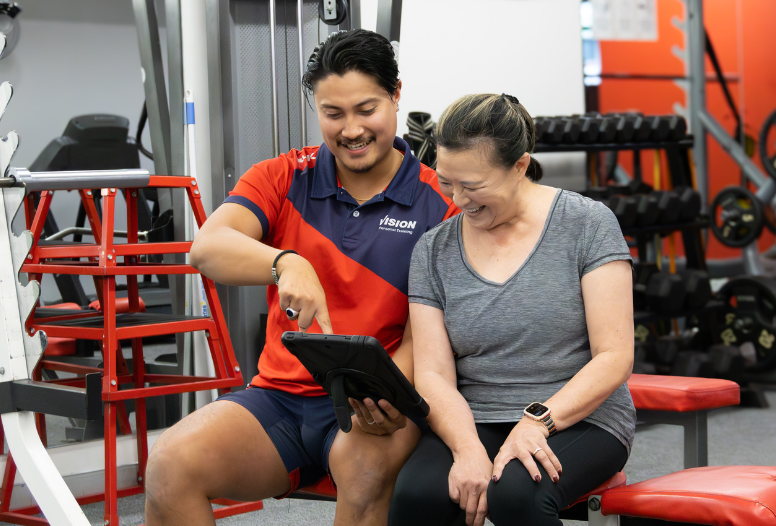A father lost his wallet. He’s got two sons. He went up to his youngest and asked, “Have you taken my wallet?” The youngest replied, “No, I don’t need money anyway.” Then the father went to his oldest and asked, “Have you taken my wallet?” The oldest replied, “Dad, you know I don’t steal.” Who is the father more likely to believe? The son who says he doesn’t need money, or the son who identifies as someone who doesn’t steal?
That’s the importance of identity change. Habits last when they match who you believe you are.
It’s the same with health and fitness. Someone says, “Yeah, my diet prohibits fast food.” Another says, “I don’t eat fast food, period.” Who do you think is more likely to stick with it long term?
When you tie habits to an identity, relapse isn't the final form. You’re no longer “trying to lose weight,” you’ve become the type of person who eats clean, trains often, and takes care of their body.
Maslow’s hierarchy of needs
To back this up, look at Maslow’s hierarchy of needs. At the bottom are basic survival needs like food and shelter, but at the top sits self-actualization, the drive to become the best version of yourself (Maslow, 1943). Identity driven habits push you upward in that hierarchy. Eating better isn’t just about calories, it’s about health, confidence, and fulfilment. Training isn’t just about sweating, it’s about mastery, being you, and living at your full potential.
Food choices also connect deeply with identity. What we eat signals who we are, not only to ourselves but also to others. Caplan (1997) highlights that food is more than fuel; it reflects values, culture, and self-concept. When your eating habits align with your chosen identity, they reinforce a sense of belonging and consistency.
6 stages of behaviour change
The same idea shows up in the 6 stages of behaviour change. Prochaska and DiClemente (1983) explained that change happens in stages:
1). Precontemplation – you don’t see the need to change.
2). Contemplation – you start thinking about it.
3). Preparation – you get ready to act.
4). Action – you start the habit.
5). Maintenance – you keep it going.
6). Relapse – Returning back to previous habitual state temporarily.
Conclusion
Most people stall between action and relapse because they never push through to identity. This is the importance of having a trainer. A trainer doesn’t just get you to stage four. They keep you grinding through stage five and even if stage six comes around. Your trainer will have a contingency plan moving forward, making relapse temporary. That’s the difference between trying a diet and becoming someone who eats healthy. Between going to the gym sometimes and becoming someone who trains, no matter what. In conclusion, the writer of atomic habits phrases it best by saying “Every action you take is a vote for the type of person you wish to become.”-James Clear.
References
Caplan, P. (1997). Food, health, and identity. Journal of the Royal Anthropological Institute, 4, 829. https://doi.org/10.4324/9780203443798
Clear, J. (2018). Atomic habits: An easy & proven way to build good habits & break bad ones. Avery.
Maslow, A. H. (1943). A theory of human motivation. Psychological Review, 50(4), 370–396.
Prochaska, J. O., & DiClemente, C. C. (1983). Stages and processes of self-change in smoking: Toward an integrative model of change. Journal of Consulting and Clinical Psychology, 51(3), 390–395. https://doi.org/10.1037/0022-006X.51.3.390

